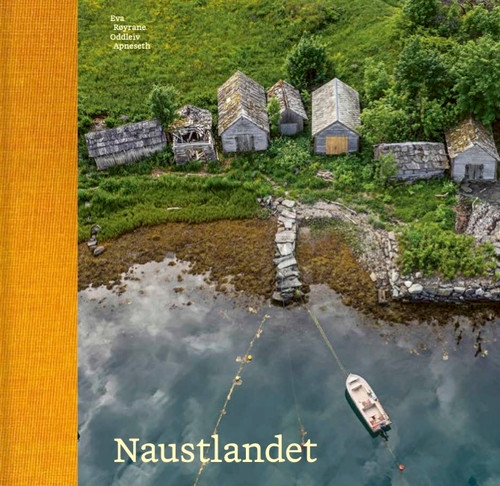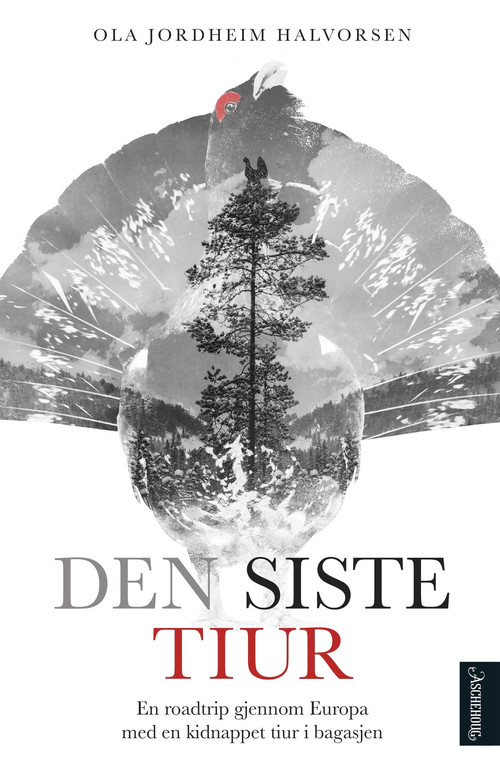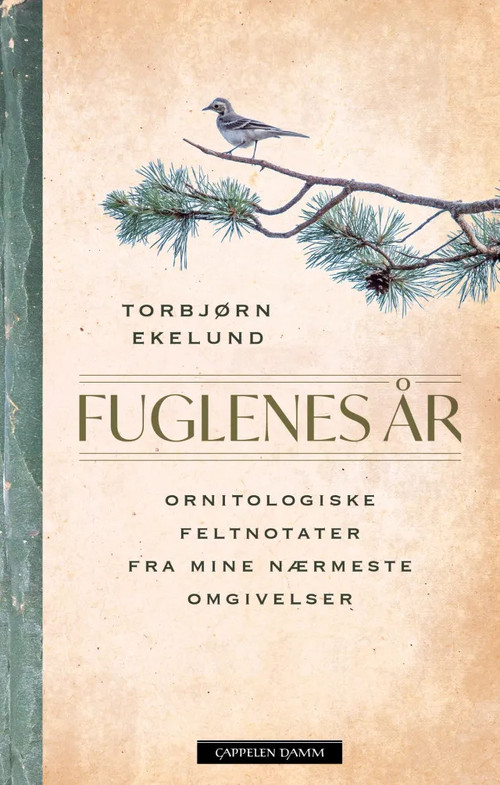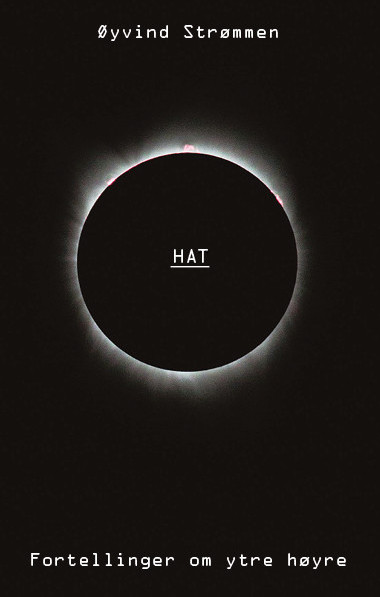t takes 40 weeks to grow a human baby. Along the way, the relationship between the foetus and the pregnant woman bears resemblance to that of a parasite and its host. One takes and takes, while the other continue to give, risking their health in the process.
Anna Blix takes the reader on a personal, investigative, and deeply fascinating journey through each of the 40 weeks in a human pregnancy. Parallelly, for each week, we meet other creatures who have just delivered their next generation into the world. The bacteria E. coli has multiplied by two within 20 minutes. An Eastern grey kangaroo is pregnant for just 5 weeks before giving birth to a baby the size of a bean, which then crawls into its pouch to grow. And the birds with the longest incubation period of all, the wandering albatross, is done with their incubation period after only 10 weeks.
Why do we as humans carry our babies inside our bodies for so long, and is there a reason that we are throwing up and feeling nauseous? Are there any better ways to reproduce? And does any living creature reproduce in a stranger way than us humans?
This book gives evolutionary comfort throughout the troubles of pregnancy, and an explanation as to how we ended up here: as the smartest species with the most tiresome, but nonetheless not such a bad way to reproduce.






